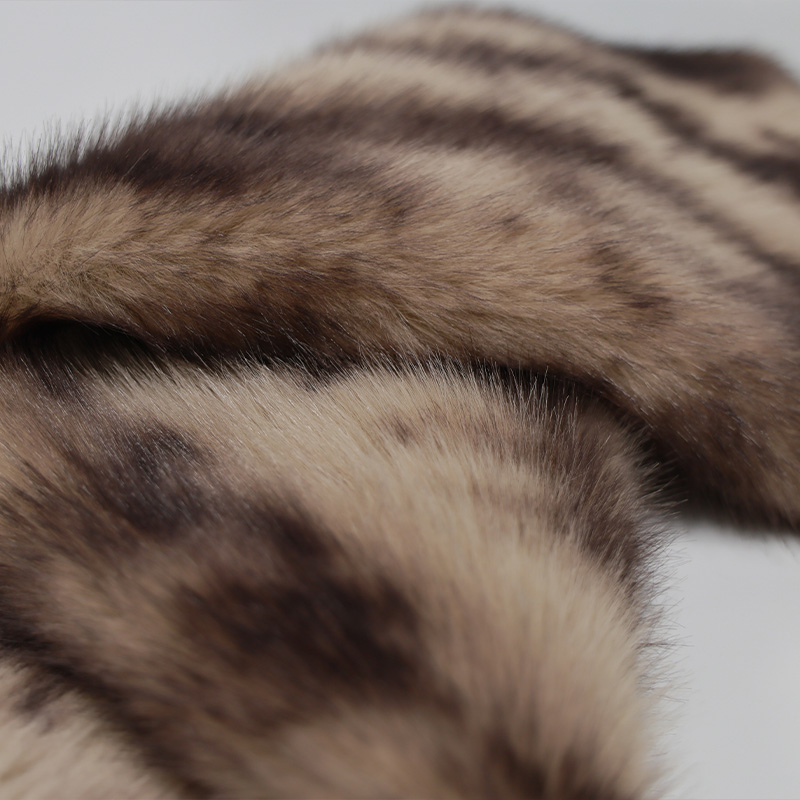











Artificial fox fur has emerged as a prominent alternative in the fashion industry, offering a cost-effective and often ethically sourced option compared to natural fur. However, despite its growing popularity, artificial fox fur is not without its limitations when it comes to fashion applications. Understanding these limitations is crucial for designers, manufacturers, and consumers alike, as it helps to set realistic expectations and identify areas for improvement.

One of the primary limitations of artificial fox fur is its ability to replicate the natural appearance and texture of real fox fur. While advancements in technology have made significant strides in creating realistic artificial fur, it is still difficult to perfectly mimic the intricate details and nuances of natural fur. This can be particularly noticeable in high-end fashion applications, where consumers are more likely to scrutinize the appearance and texture of the material.
Another limitation is the durability of artificial fox fur. Unlike natural fur, which has evolved to withstand the elements and wear and tear over time, artificial fur can be more susceptible to damage. This can include fading, pilling, and shedding, which can detract from the overall appearance and lifespan of the garment. For fashion-conscious consumers who prioritize long-lasting investments, this can be a significant concern.
The versatility of artificial fox fur in different fashion contexts is also limited. While it can be used in a variety of applications, such as jackets, coats, and accessories, its appearance and texture may not always align with the desired aesthetic for certain styles or occasions. For example, artificial fox fur may not have the same luxurious drape or softness as natural fur, which can be important for creating a high-end look.
In addition, the production process for artificial fox fur can be complex and resource-intensive. This can lead to limitations in terms of scalability and customization. Manufacturers may struggle to meet the demand for large quantities of high-quality artificial fox fur, or to create custom colors and textures that meet the specific needs of designers and consumers.
Moreover, the maintenance and care of artificial fox fur can be more challenging compared to natural fur. Artificial fur requires specific cleaning and storage instructions to maintain its appearance and extend its lifespan. This can be inconvenient for consumers who are not familiar with the care requirements of artificial fur, or who prefer materials that require less maintenance.
Finally, the ethical considerations surrounding artificial fox fur, while often highlighted as an advantage, can also present limitations in certain contexts. While artificial fur is generally considered a more ethical option than natural fur, some consumers may still have concerns about the materials and production processes used to create artificial fur, such as the use of chemicals or the impact on the environment.
In conclusion, artificial fox fur has several limitations when it comes to fashion applications. These include its ability to replicate the natural appearance and texture of real fox fur, its durability, versatility, production challenges, maintenance requirements, and ethical considerations. Understanding these limitations helps to set realistic expectations for artificial fox fur and identifies areas for ongoing research and innovation to improve its performance and appeal in the fashion industry.